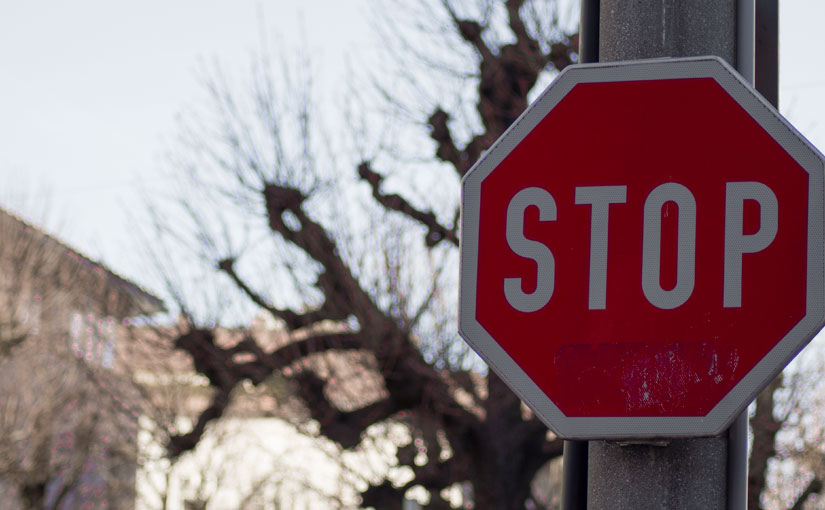When we want something but have limited resources to make it happen, we usually find creative ways to get what we want. That is the essence of creating artificial constraints for our dance practise.
Artists and creative entrepreneurs use the technique of artificial constraints to spark creativity in their work with great success. To use this method in dance we give ourselves limited options of what we can do. Depending on the purpose of our practise we can either delete some things from our repertoire or only allow very limited options..
As an example: Most of us have so-called fallback moves. There are the moves that we know in and out. The moves we can execute perfectly, no matter the circumstances. If those are too predominant in our freestyle we give ourselves the constraint of not using them at all.
There are a series of constraints that are common:
- You might not use specific parts of your body
- You might only use specific parts of your body
- no/only moves while standing up
- no/only jumping moves
- no/only moves while crouching
- no/only moves on the floor
- hands might not touch the floor or must always touch it
- same with the feet
- hands and feet must always touch the floor
- certain ways in the space are a must or forbidden
- the phrase must always turn to on side or it must not
- one part of your body is glued to the floor or another bodypart
- every movement must be initiated with the same part of your body
This list is of course not complete and it can never be, because you can come up with your own constraints and you should. It’s your dance, not somebody elses.
Let us know your favourite practise constraints in the comments.
Dig deeper into dance concepts with the following posts:
Basic questions to ask every Move | Conquer the Space | Pendulum
This concept and 35 others can be found in my first book Dance Smart, which is now available on Amazon.

